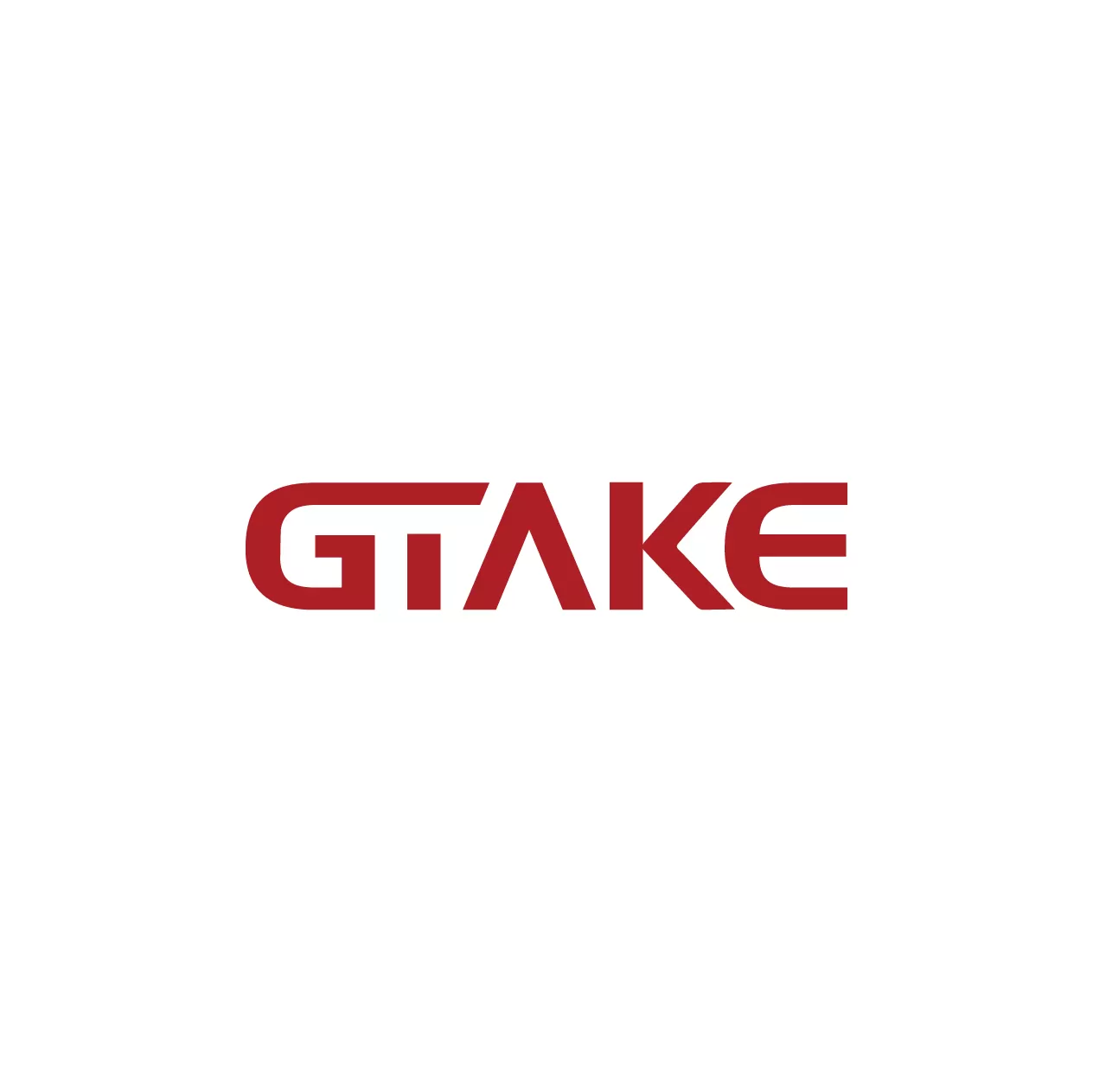In modern industrial automation, controlling motors efficiently is essential for achieving energy savings, operational reliability, and system flexibility. Among the various control methods, two common solutions are the Motor Control Center (MCC) and the Variable Frequency Drive (VFD) panel. Many engineers and plant operators often confuse these two, as both play key roles in motor management. However, understanding their differences is crucial when designing or upgrading an industrial system.
Understanding the Role of an MCC (Motor Control Center)
A Motor Control Center (MCC) is a large, modular assembly that houses multiple motor control units within standardized enclosures. Each section, often called a “bucket,” includes components such as circuit breakers, contactors, overload relays, soft starters, and sometimes even VFDs. MCCs serve as the central hub for controlling and distributing electrical power to multiple motors across a facility.
Traditional MCCs primarily use across-the-line starters or star-delta starters for direct motor operation. However, modern intelligent MCCs (iMCCs) integrate advanced technologies such as communication modules, PLC interfaces, and variable frequency drives to improve monitoring and automation capabilities.
Because of their centralized design, MCCs are commonly used in large industrial plants such as water treatment facilities, power stations, and manufacturing lines. They allow engineers to manage dozens or even hundreds of motors from a single location, simplifying maintenance and ensuring safety through standardized wiring and protection systems.

What Is a VFD Panel?
A Variable Frequency Drive (VFD) panel, also known as a Variable Speed Drive (VSD) panel, is a standalone enclosure that contains a VFD and its associated electrical components, including input disconnect switches, fuses or breakers, line reactors, EMI filters, and operator interfaces.
The main function of a VFD panel is to control the speed and torque of an electric motor by varying the frequency and voltage of the power supplied to it. Unlike an MCC, which manages multiple motors, a VFD panel is typically dedicated to one motor or a small group of motors.
By enabling smooth acceleration, deceleration, and variable speed operation, VFD panels provide energy savings, reduce mechanical stress, and extend equipment life. They are widely used in applications such as HVAC systems, pumps, conveyors, compressors, and mixers—anywhere speed control and efficiency are priorities.
MCC vs. VFD Panel: Key Differences
While both MCCs and VFD panels are used for motor management, their purpose and scope differ significantly. The table below summarizes the main distinctions:
| Aspect | Motor Control Center (MCC) | Variable Frequency Drive (VFD) Panel |
| Function | Centralized control of multiple motors | Speed and torque control for one motor |
| Components | Starters, breakers, overloads, feeders | VFD, disconnects, filters, reactors |
| Control Scope | Broad, facility-level | Specific, motor-level |
| Flexibility | Limited speed control | Full variable-speed operation |
| Installation | Centralized, large-scale | Localized, compact |
| Maintenance | Centralized and structured | Easier per unit |
| Energy Efficiency | Moderate | High at partial loads |
From this comparison, it is clear that an MCC focuses on centralized management, while a VFD panel provides precise speed control and energy efficiency for individual motors.
Integrating VFDs Inside an MCC
Modern facilities increasingly choose to integrate VFDs within MCCs, combining the advantages of both systems. These hybrid configurations, often referred to as VFD-integrated MCCs, provide centralized organization with advanced motor control flexibility.
In such setups, certain MCC sections are designed specifically for VFDs, with features such as:
- Proper ventilation and cooling to manage heat generated by drives.
- Harmonic filters and line reactors to reduce electrical interference.
- Communication interfaces for monitoring through PLC or SCADA systems.
This integration simplifies wiring, improves system efficiency, and reduces floor space requirements. Moreover, having all motor controls—including starters, breakers, and drives—within a single MCC makes troubleshooting and maintenance more convenient.
However, to ensure reliable operation, engineers must consider harmonic distortion, heat dissipation, and protection coordination during the design phase.

Practical Applications and Selection Guidelines
Choosing between an MCC and a VFD panel depends on several practical factors:
- Plant size and complexity – Large-scale facilities with multiple motors benefit from MCCs for centralized management. Smaller setups or standalone equipment often use VFD panels for localized control.
- Type of motor load – Variable-speed loads like fans, pumps, and conveyors are ideal for VFD panels. Constant-speed loads may use traditional MCC starters.
- Energy efficiency goals – When energy savings and process flexibility are priorities, a VFD panel or VFD-integrated MCC offers better performance.
- Maintenance and scalability – MCCs allow for easier expansion and standardized maintenance, while VFD panels are more cost-effective for smaller systems.
By aligning control strategy with operational goals, industries can maximize efficiency, reliability, and safety in their motor-driven systems.
Why Choosing the Right Solution Matters
Selecting the correct motor control architecture directly impacts production efficiency, energy costs, and system lifespan. An MCC provides centralized control for multiple motors, ensuring safe operation and simplified maintenance. Meanwhile, a VFD panel delivers fine-tuned speed control, improved process stability, and significant energy savings—particularly in variable load conditions.
In many modern facilities, the optimal solution is a hybrid system where MCCs integrate multiple VFD sections, allowing both centralized control and energy-efficient motor operation.
Conclusion
In summary, Motor Control Centers (MCCs) focus on distributing and protecting electrical power, while VFD panels specialize in regulating motor speed and improving efficiency. Both play essential roles in industrial automation, but selecting the right one depends on the application’s performance, flexibility, and energy goals.
For projects requiring advanced motor control and energy optimization, GTAKE’s Variable Frequency Drive (VFD) solutions deliver high efficiency, precise control, and proven reliability across industrial and electric mobility applications.
Explore GTAKE’s VFD panels and motor control technologies today to enhance your system’s performance and energy savings.
